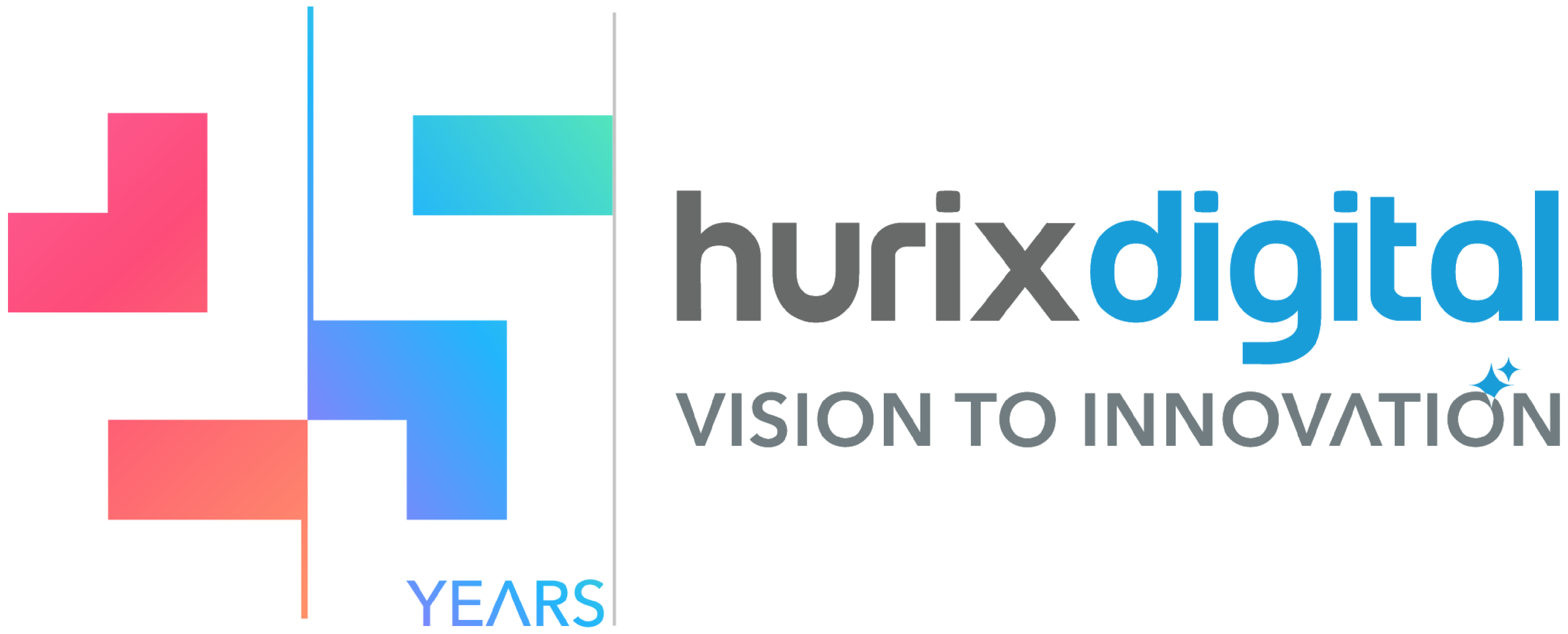XML (Extensible Markup Language): A versatile markup language designed for encoding documents in a format that is both human-readable and machine-readable. XML facilitates data exchange between different systems and is widely used for structuring, storing, and transmitting data, especially in web services, configuration files, and data-oriented applications. Its flexibility allows for custom tags to describe data, making it ideal for defining and managing complex information structures.
What is XML (Extensible Markup Language)?
XML, or Extensible Markup Language, is a versatile and widely used markup language designed for encoding documents in a format that is both human-readable and machine-readable. Unlike HTML, which focuses on displaying data, XML focuses on describing and transporting data. This makes it ideal for data exchange between different systems and applications.
At its core, XML uses a simple, tag-based structure similar to HTML. Data is enclosed within opening and closing tags, creating elements. These elements can be nested within each other to create a hierarchical structure, allowing for complex data relationships to be represented clearly. For example, you might define elements like <book>, <title>, <author>, and <price> to represent book information.
The “Extensible” part of XML’s name is significant. It means you can define your own custom tags and attributes to structure your data in a way that best suits your specific needs. This flexibility makes XML applicable to a wide range of industries and applications, from web services and data storage to configuration files and document management.
Key advantages of using XML include its platform independence, human readability, and the availability of robust parsing and validation tools. XML parsers are readily available in most programming languages, allowing applications to easily read and process XML data. XML also supports validation against schemas (like XSD), ensuring data integrity and consistency.
In summary, XML is a powerful and flexible markup language used for structuring, describing, and transporting data. Its extensibility, platform independence, and strong tool support make it a crucial technology in modern software development and data exchange.
Why is XML (Extensible Markup Language) Important?
Extensible Markup Language (XML) is important because it provides a standardized, human-readable, and machine-understandable way to represent and transport data. Its versatility and platform independence make it a cornerstone of data exchange across diverse systems and applications.
Key Importance of XML:
- Data Portability and Interoperability: XML facilitates seamless data exchange between different applications, databases, and platforms, regardless of their underlying technology. This interoperability is crucial for integrating diverse systems and enabling data sharing across organizational boundaries.
- Data Structure and Organization: XML allows you to define a structured format for your data using tags, creating a hierarchical and organized representation. This structure makes it easier to process, validate, and understand the data.
- Human-Readability and Machine-Readability: While designed for machines to process, XML’s tag-based structure is also relatively easy for humans to read and understand, making it easier to debug, maintain, and collaborate on data-related tasks.
- Customizable and Extensible: The “Extensible” in XML means you can define your own tags and structures, allowing you to tailor the format to the specific needs of your application and data. This flexibility is essential for handling complex and evolving data requirements.
- Standardized Format: As a widely adopted standard, XML ensures consistency and compatibility across different systems. Many programming languages and tools offer excellent support for parsing and manipulating XML data.
- Foundation for other technologies: XML serves as the basis for many other technologies, including web services (SOAP), configuration files, and data serialization. Understanding XML is often crucial for working with these technologies.
In summary, XML’s ability to represent data in a structured, platform-independent, and human-readable format makes it invaluable for data exchange, integration, and management in a wide range of applications and industries.
How does XML (Extensible Markup Language) work?
XML, or Extensible Markup Language, works by providing a structured way to store and transport data. Unlike HTML, which focuses on displaying data, XML focuses on describing and structuring it. Think of it as a blueprint for your information.
Here’s how it works:
- Tags: XML uses tags, similar to HTML, to define elements. These tags are enclosed in angle brackets (
<and>). You define your own tags, making the language “extensible.” For example, you might use<book>,<title>, and<author>. - Elements: An element consists of a start tag, an end tag, and the content in between. For example:
<title>The Lord of the Rings</title>. The entire block, including the tags and content, is the element. - Attributes: Tags can also have attributes that provide additional information about the element. Attributes are placed within the start tag, like this:
<book genre="fantasy">. - Structure: XML documents must have a single root element that contains all other elements. This creates a hierarchical structure, like a tree. Elements can be nested inside each other to represent relationships between data.
- Well-Formedness: XML is strict. All start tags must have corresponding end tags, elements must be properly nested, and attribute values must be quoted. This “well-formedness” ensures that the data can be parsed and interpreted consistently.
- Parsing: XML parsers read the XML document and extract the data and its structure. Applications can then use this data to perform various tasks, such as displaying information, storing data in a database, or exchanging data between systems.
In essence, XML’s strength lies in its ability to define custom data formats, ensuring data integrity and facilitating seamless data exchange between diverse systems and applications. It allows for machine-readable data, powering a wide range of applications from web services to configuration files.
How Leading Brands Use XML (Extensible Markup Language)
XML (Extensible Markup Language) is a versatile markup language widely adopted by leading brands to manage, transport, and store data. Its flexibility and platform independence make it crucial for various applications.
Content Syndication and Aggregation: News organizations like BBC and Reuters use XML feeds (RSS and Atom) to syndicate news content to various platforms, enabling users to access the latest updates on different devices. These feeds describe the content (titles, descriptions, links) in a structured manner for easy consumption by aggregators like news readers and search engines. This ensures broad distribution and reach.
E-commerce and Product Catalogs: Retail giants like Amazon and eBay leverage XML to manage massive product catalogs. Product information, including descriptions, pricing, and inventory levels, is structured in XML files. This allows for efficient data exchange between suppliers, retailers, and customers. XML facilitates automated updates, ensures data consistency across platforms, and enhances the overall shopping experience.
Financial Data Exchange: Financial institutions, including Bloomberg and Thomson Reuters, heavily rely on XML-based standards like FIX (Financial Information eXchange) to facilitate real-time trading and data exchange. FIX protocol enables standardized communication between brokers, exchanges, and other financial entities, ensuring efficient and accurate transmission of trading information, such as orders, quotes, and execution reports.
Travel and Tourism: Online travel agencies like Expedia and Booking.com use XML to exchange data with airlines, hotels, and car rental companies. This includes availability, pricing, and booking information. XML facilitates seamless integration of various travel services, allowing customers to compare options and book travel arrangements efficiently. Standardized XML formats (e.g., OTA specifications) ensure interoperability between different systems.
These are just a few examples. XML’s adaptability makes it a powerful tool for data management and exchange across diverse industries and applications. Its structured format ensures data integrity and facilitates automated processing, making it essential for businesses seeking to optimize their operations and enhance customer experience.
Key Benefits of XML (Extensible Markup Language)
XML, or Extensible Markup Language, offers a multitude of benefits, making it a cornerstone technology for data exchange and storage. Its key advantages include:
- Platform Independence: XML is platform-independent, meaning it can be processed and interpreted across different operating systems, hardware, and software applications. This ensures seamless data sharing and interoperability between disparate systems.
- Human and Machine Readability: XML uses a straightforward, text-based format that is both human-readable and easily parsable by machines. This makes it simple for developers to understand the structure of data and for applications to process it efficiently.
- Customizable Structure: Unlike HTML with predefined tags, XML allows you to define your own tags to structure data in a way that is relevant to your specific needs. This flexibility makes it suitable for representing a wide range of data types.
- Data Validation: XML supports schema validation, enabling you to define rules and constraints for the structure and content of your XML documents. This ensures data integrity and consistency by preventing invalid data from being processed.
- Simplified Data Exchange: XML’s standardized format simplifies data exchange between applications and systems. Its self-describing nature ensures that the receiver can understand the meaning and structure of the data without prior knowledge.
- Support for Unicode: XML supports Unicode, allowing you to represent characters from virtually all languages. This makes it ideal for applications that need to handle multilingual data.
- Foundation for Other Technologies: XML serves as the foundation for many other technologies, including web services (SOAP and REST), configuration files, and document formats. Its widespread adoption ensures that you can easily integrate XML into existing systems and workflows.
In summary, XML provides a robust and flexible solution for data representation, exchange, and storage, offering significant advantages in terms of interoperability, data integrity, and adaptability.
Common Misconceptions Around XML (Extensible Markup Language)
XML (Extensible Markup Language) is a powerful and flexible markup language, but it’s often misunderstood. Here are some common misconceptions clarified:
Misconception 1: XML is a programming language.
Reality: XML is not a programming language. It’s a markup language used to define a set of rules for encoding documents in a format that is both human-readable and machine-readable. It describes the structure and data within a document but doesn’t execute any code.
Misconception 2: XML is only for web development.
Reality: While XML is used extensively in web services and data exchange, its applications extend far beyond the web. It’s used in configuration files, data storage, document formats (like DOCX), and many other areas where structured data is required.
Misconception 3: XML is always better than JSON.
Reality: XML and JSON (JavaScript Object Notation) are both data-interchange formats, each with its strengths and weaknesses. XML is more verbose and supports complex document structures and schemas, while JSON is generally simpler and more lightweight, making it suitable for APIs and data transfer. The “better” choice depends on the specific application and requirements. Often, JSON is considered easier to parse for web-based applications.
Misconception 4: XML is difficult to read and understand.
Reality: While the verbose nature of XML can make it appear complex at first glance, its structured format actually makes it highly readable when properly formatted and commented. The use of meaningful tags and attributes makes the data within the document easy to understand.
Misconception 5: XML automatically validates data.
Reality: XML itself only defines the structure. To validate data against a specific schema or ruleset, you need to use technologies like XML Schema Definition (XSD) or Document Type Definition (DTD). These define the allowed elements, attributes, and their relationships, enabling validation to ensure data integrity.
 Upcoming Masterclass | Build an Army of Brand Evangelists using Training & Development | November 20th, 8:30 AM PDT | 11:30 AM EDT | 10:00 PM IST
Upcoming Masterclass | Build an Army of Brand Evangelists using Training & Development | November 20th, 8:30 AM PDT | 11:30 AM EDT | 10:00 PM IST
